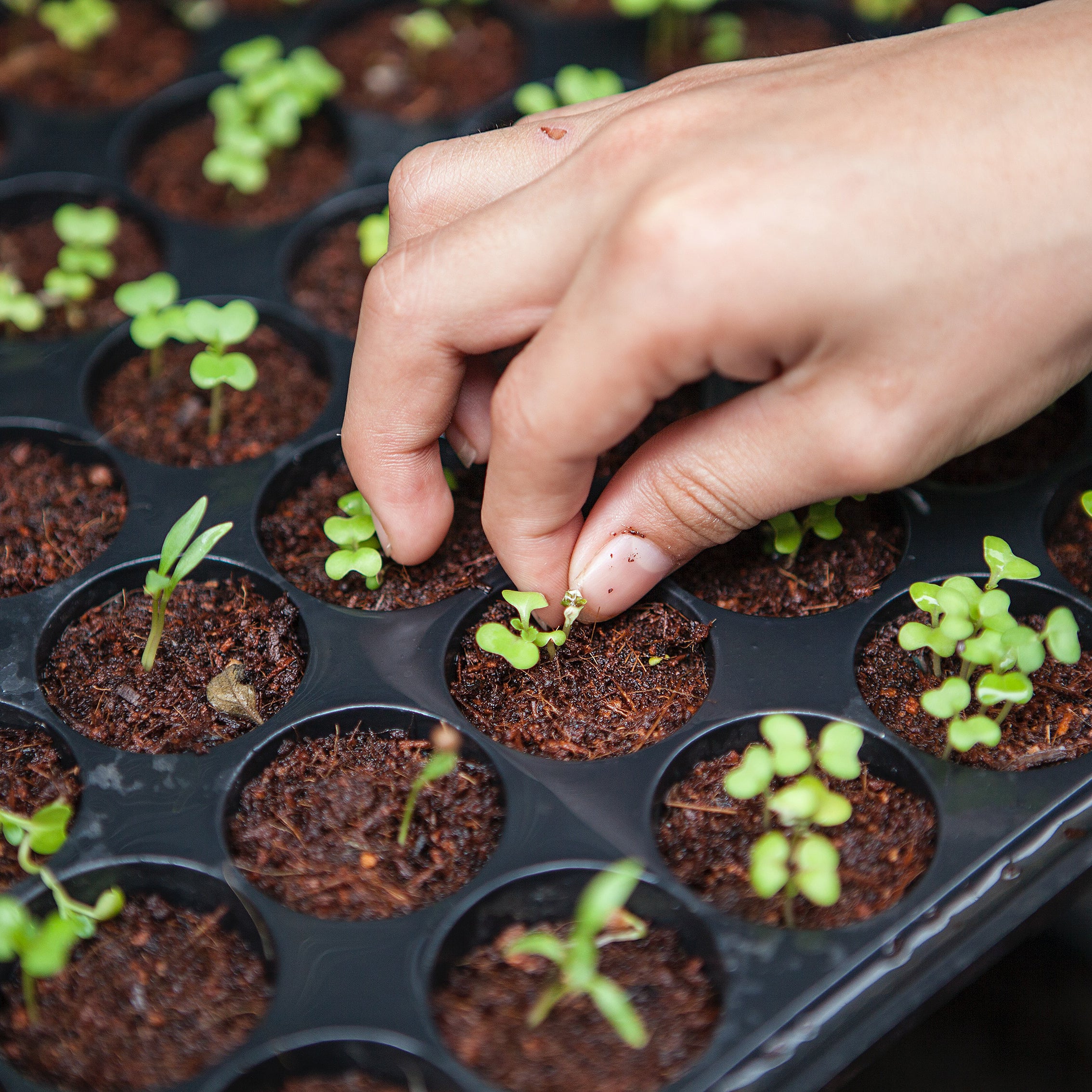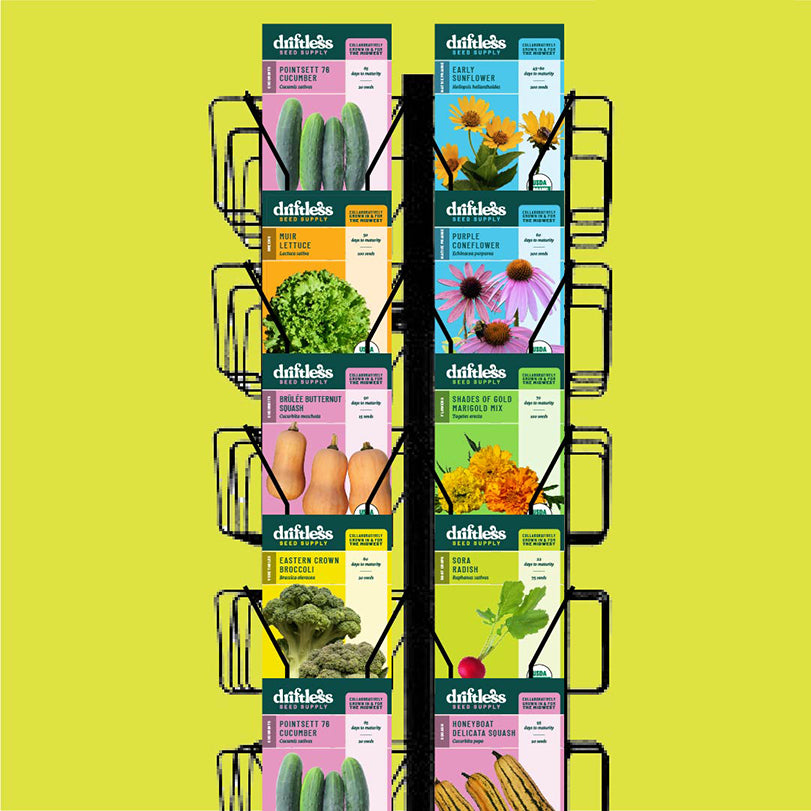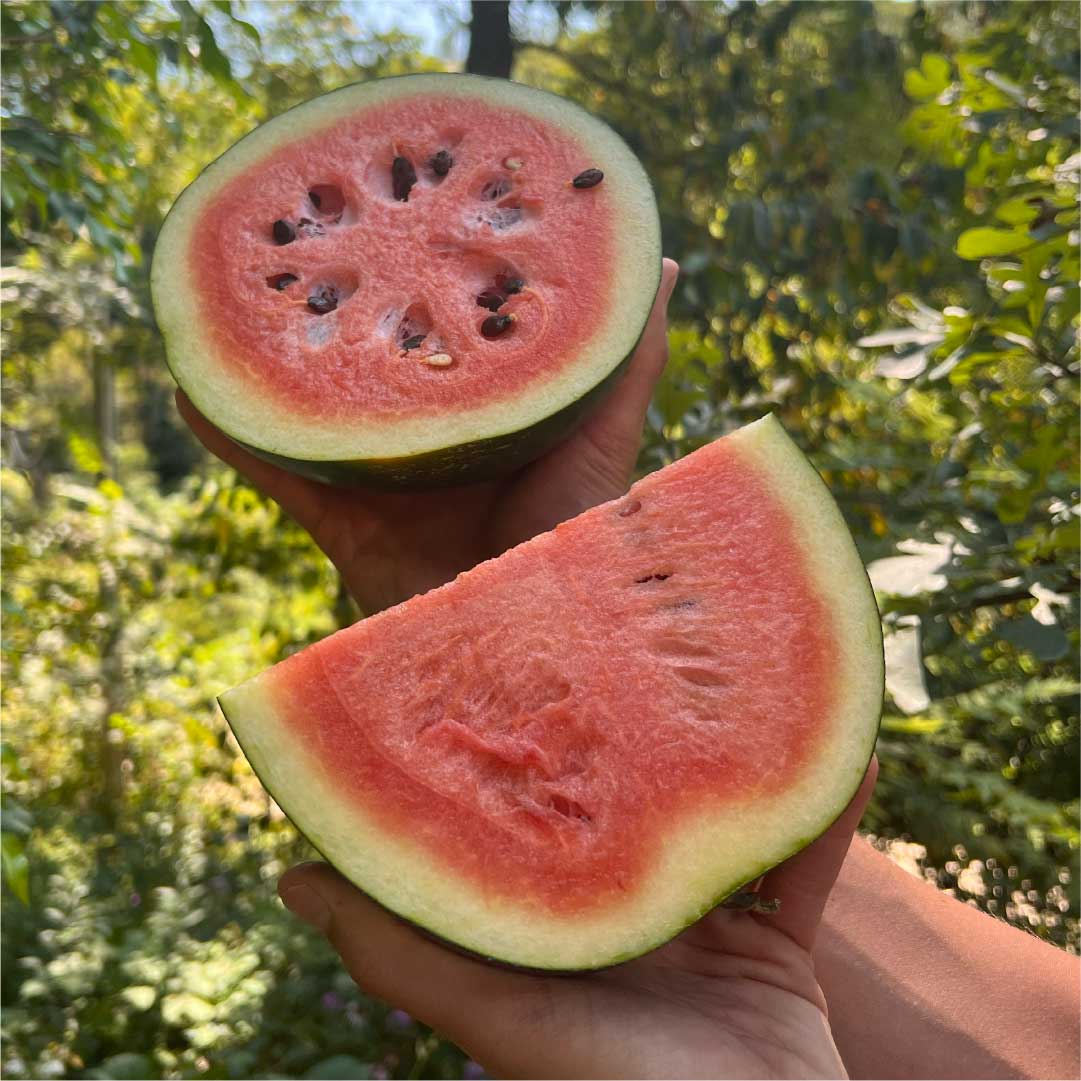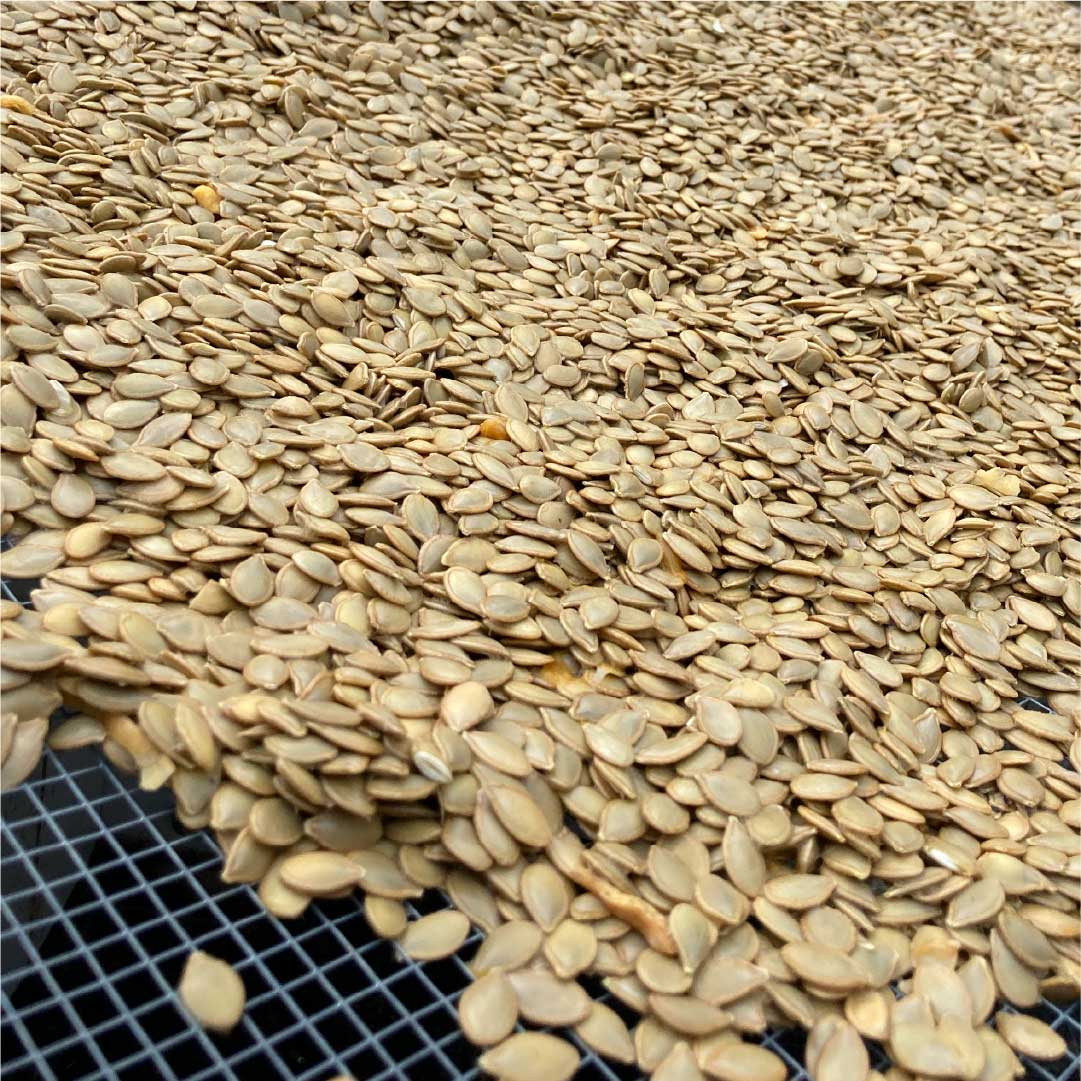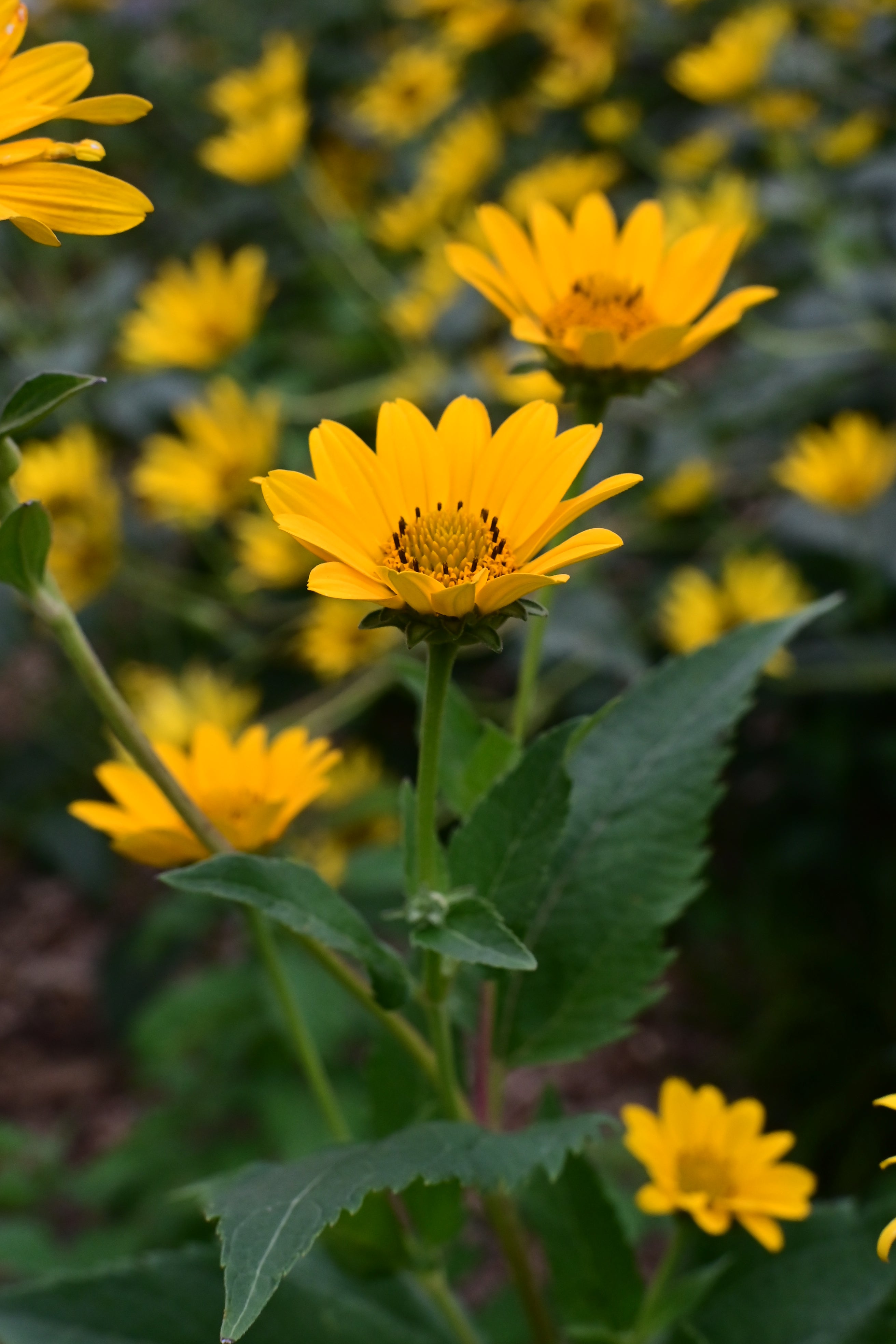
Driftless Seed Supply Grower Resources
Native Sunflower Growing Resources
Introduction
Heliopsis helianthoides, commonly known as Early Sunflower or False Sunflower, is a native prairie species admired for its bright, sunflower-like blooms. It's a hardy perennial that plays a significant role in native ecosystems, attracting pollinators and supporting biodiversity.
Site Selection and Soil Preparation
- Sun Exposure: Prefers full sun for optimal flowering.
- Soil Type: Adaptable to various soil types but thrives in well-drained, fertile soils. Can also be planted in areas with relatively high water table as long as the soil is not too heavy.
- Soil pH: Tolerates a wide pH range, from slightly acidic to alkaline.
Planting
- Timing: For transplants, plant in early spring after the threat of frost has passed. For direct seeding plant in late fall for germination the following spring. Early Sunflower benefits from 30-40 days of stratification, either in damp sand in the fridge prior to growing transplants, or by planting in late fall.
- Spacing: Space plants 12-18 inches apart within row and 18-24 inches apart between rows to allow for growth and air circulation.
- Depth: Plant 4 seeds in groups 1/2 inch deep, then thin to 1 plant at second true leaf. Plant as transplants for more uniform spacing.
Irrigation
- Watering Needs: Moderate. Water regularly until established, then tolerates dry conditions well.
- Method: Water at the base of the plants to reduce leaf wetness and prevent diseases.
Fertilization
- Initial Fertilizer: Light application of a balanced organic fertilizer can be beneficial at planting.
- Ongoing Nutrition: Annual top-dressing with compost or aged manure to maintain soil fertility.
Pest and Disease Management
- Pests: Resistant to most pests. Occasionally, aphids may be a concern.
- Diseases: Good air circulation and proper spacing help prevent fungal diseases like powdery mildew.
Harvesting for Cut Flowers
- Timing: Cut flowers when blooms are just opening for the longest vase life.
- Technique: Use clean, sharp shears and cut the stem at an angle.
Ecosystem Role
- Pollinator Attraction: A vital nectar source for bees, butterflies, and other beneficial insects.
- Prairie Restoration: Integral in native prairie restoration projects for its adaptability and ecological benefits.
Additional Tips
- Deadheading: Remove spent blooms to encourage more flowering.
- Winter Interest: Leave some seed heads in place over winter to provide food for birds.

